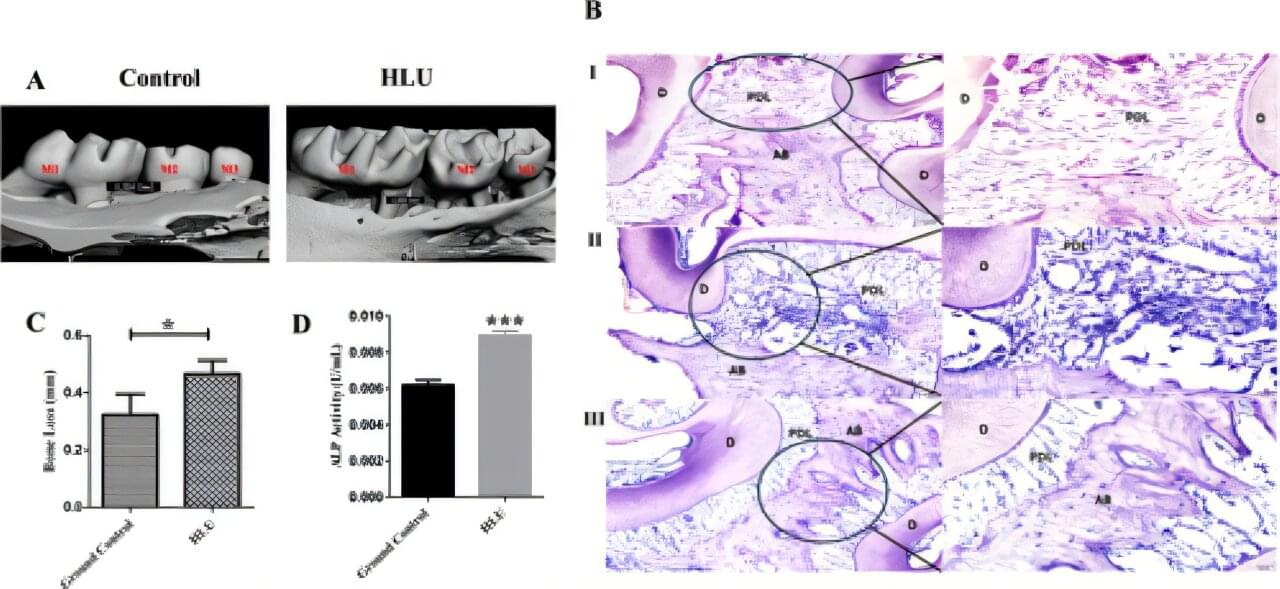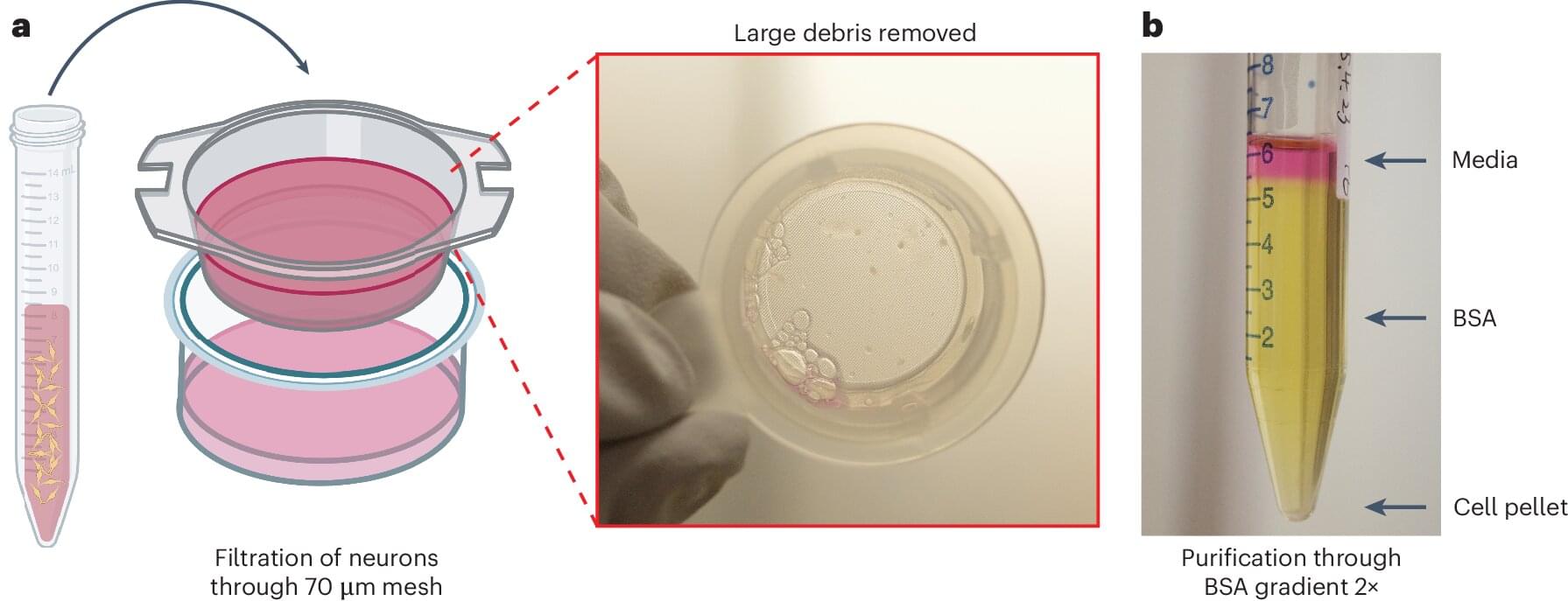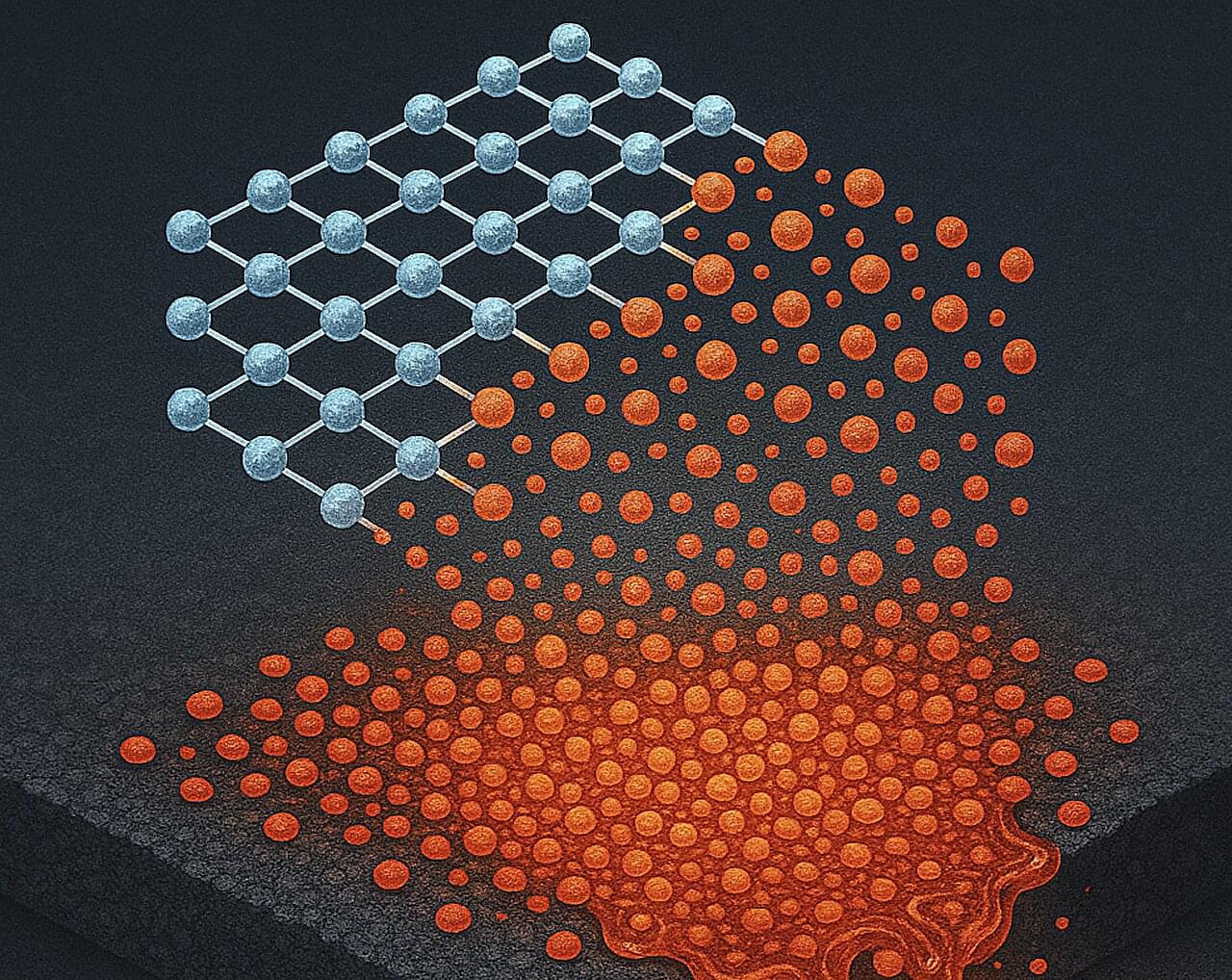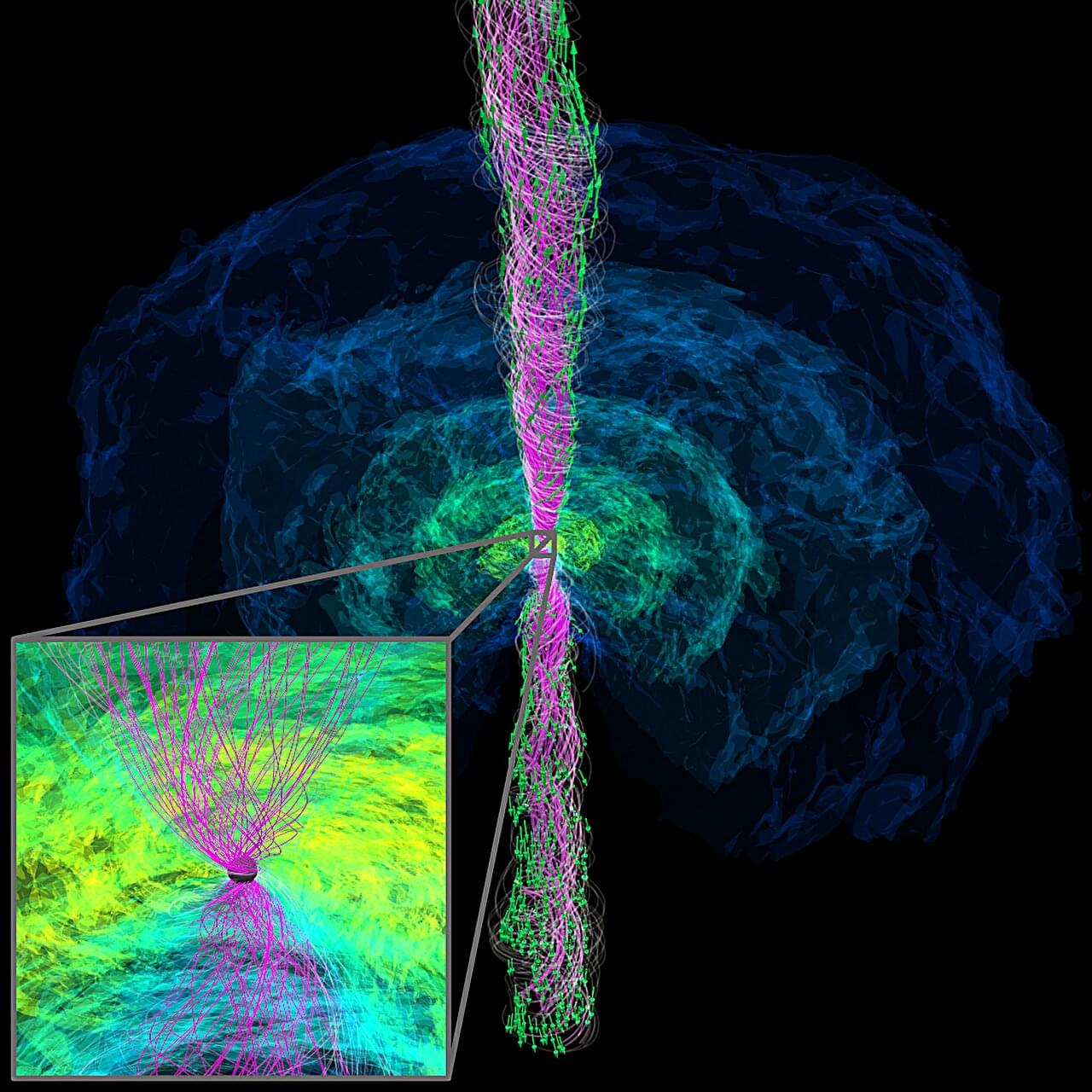Commerce Secretary Howard Lutnick on Thursday touted the use of robotics in his pitch for an American “manufacturing renaissance.”
The big picture: While President Trump’s tariffs are meant to boost American manufacturing and jobs, U.S. manufacturers will likely hurt from these tariffs, at least in the short run. Whether they lead to more jobs in the long term remains an open question.
What he’s saying: Lutnick made the case in several TV interviews this week that tariffs will bring jobs and factories back to the U.S., saying they’ll utilize robotics to make American workers “more efficient.”









